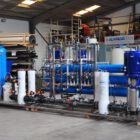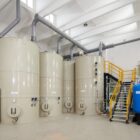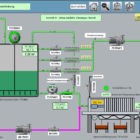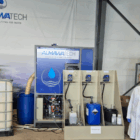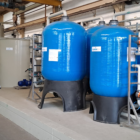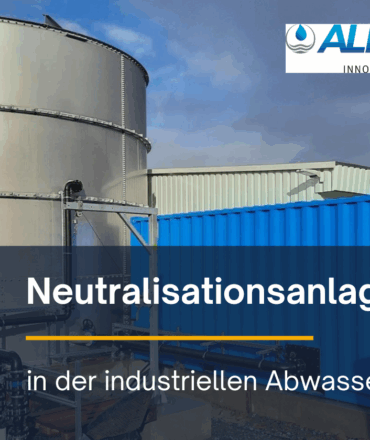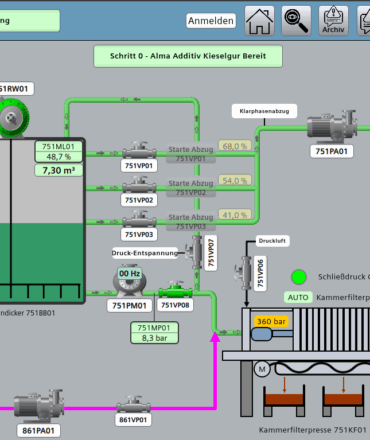We are very proud to announce that our patented process innovation for wastewater treatment has now been published in one of the most renowned journals in environmental technology: Water Research. The article entitled "Fenton-coagulation process for simultaneous abatement of organic and inorganic pollutants at circumneutral pH" presents a process developed by ALMAWATECH that represents a breakthrough in the combined removal of micropollutants and organic load - under practical conditions at a neutral pH value.
We would like to thank the authors Cheolyong Kim, Philipp Debusmann, Mohammad Sajjad Abdighahroudi, Jochen Schumacher and Prof. Holger V. Lutze for their excellent research work.
Table of contents
What is it about?
Die Studie untersucht ein innovatives Verfahren, das die klassische Fenton-Oxidation mit der Fällung/Flockung kombiniert – und das bei pH-Werten von 6–7, also im Bereich realer Abwassersysteme. Das ist insofern bemerkenswert, als die klassische Fenton-Reaktion nur bei sauren Bedingungen (pH < 3) effizient abläuft. Unsere Technologie ermöglicht diese Reaktion nun im neutralen Bereich und eröffnet damit eine neue Anwendungsperspektive für die industrielle Abwasserbehandlung und Wasserwiederverwendung.
What is new about this process?
Simultaneous oxidation and flocculation
The process uses Fe(II) and H₂O₂ to form reactive radicals, while simultaneously producing Fe(III) flakes. This dual effect allows the simultaneous elimination of micropollutants (e.g. bisphenol A, atrazine, benzoic acid) and DOC reduction.
Main reaction mechanisms:
- Hydroxyl radicals (-OH) dominate at pH 6.
- At pH 7, selective species such as Fe(IV) and carbonate radicals (CO₃--) play an increasing role. These reactive species show higher selectivity towards certain substances and are less sensitive to matrix effects.
reduction rates:
- Up to 90 % micropollutant degradation at 1 mM H₂O₂ and 2 mM Fe(II)
- Up to 51 % DOC removal with natural organic matter (SRNOM)
Advantages of the procedure at a glance
pH-neutral operation - no need to lower the pH
Increased efficiency through combined mechanisms - both oxidation and flocculation
Lower risk of by-products - e.g. bromate formation as with ozonation is avoided
Good scalability - suitable for municipal and industrial applications
Economical dosing - significantly lower consumption of process additives compared to standard market processes
Scientific findings with practical relevance
The reaction kinetics and effectiveness against 14 real trace substances were analyzed in several experiments. Even though oxidation rates by -OH could largely explain the elimination, an additional effect by CO₃-- and Fe(IV) was shown at neutral pH. This confirms the complexity of reactive species in the real wastewater matrix - an important aspect for the development of robust processes.
In addition, the use of this process has been shown to reduce turbidity and efficiently remove Fe(III) complexes - a critical factor for subsequent ultrafiltration or membrane processes.
A glimpse into the future
Our patented process offers a new platform technology for industrial customers who want to focus on water recycling, micropollutant elimination or advanced treatment - without complex pH conditioning or energy-intensive processes such as ozonation.
For more information and to read the full article, please visit:
🔗 Fenton-coagulation process for simultaneous abatement of organic and inorganic pollutants at circumneutral pH
We are proud to make a contribution to improving water quality and protecting our environment.



